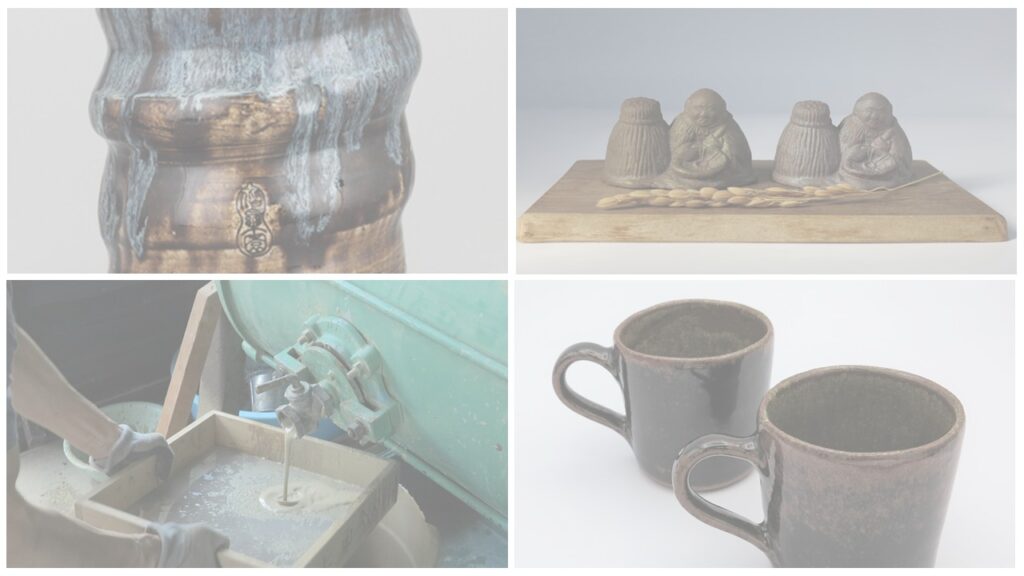
History and Origins
‘Shichimen-yaki’ is a traditional pottery initiated by Tokugawa Nariaki, the 9th lord of the Mito Domain, in the late Edo period, with the aim of promoting local production and consumption.
As part of the Mito Domain’s fiscal policy, Tokugawa Nariaki established the Shichimen Kiln on the southern slope of the eastern corner within Kairakuen Garden.
The name ‘Shichimen’ is believed to have originated from ‘Shichimen-san Okunoin’, a temple located on Mt. Shichimen in Yamanashi Prefecture, a sacred site dedicated to Shichimen Daimyojin and closely connected to the Mito Tokugawa family.
Several surviving pieces bearing the seal of ‘Kairakuen’ or ‘Kairaku’ still exist, including one housed in the Museum of Fine Arts, Boston, making it a rare and exceptional form of pottery.
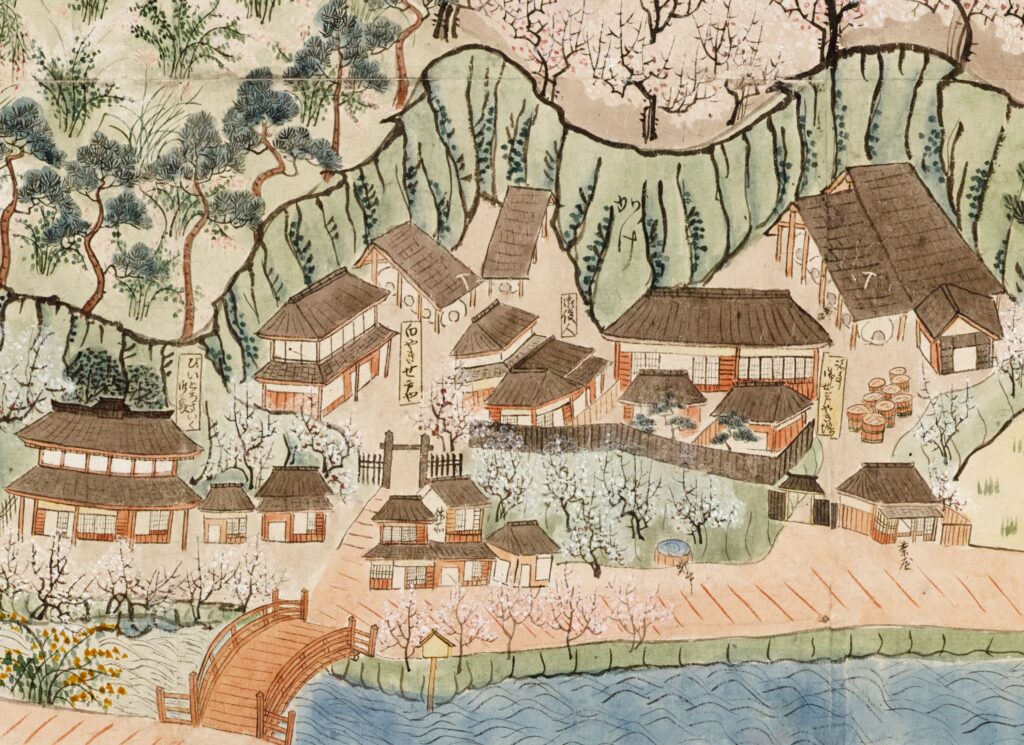
(Deposited at the Bakumatsu and Meiji Museum in Oarai)
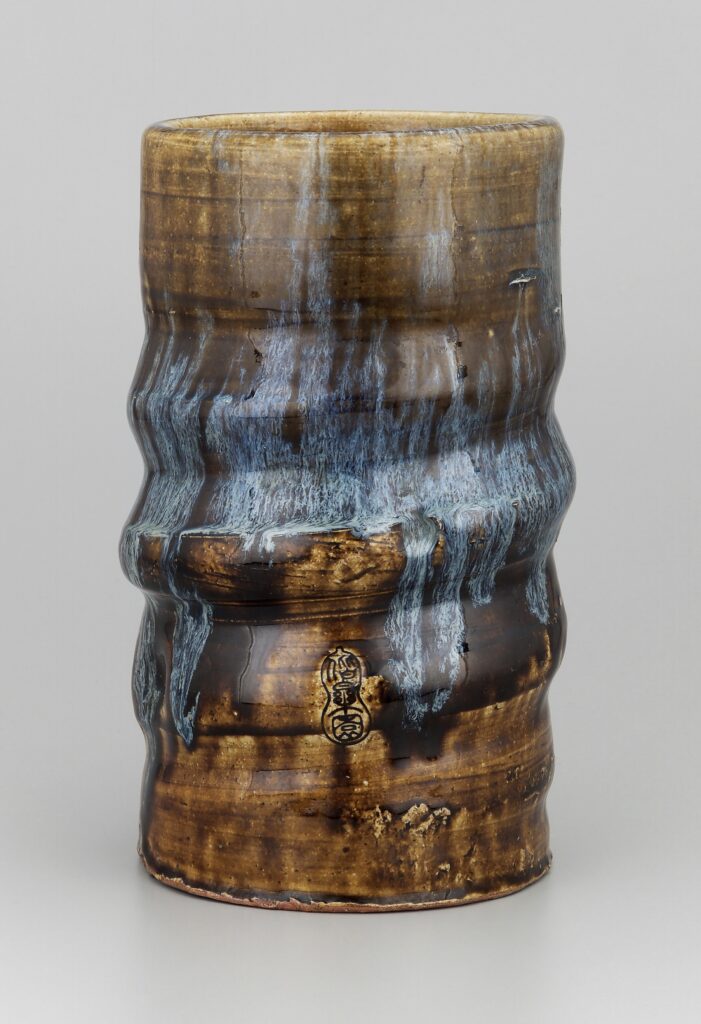
(Collection of the Museum of Fine Arts, Boston)
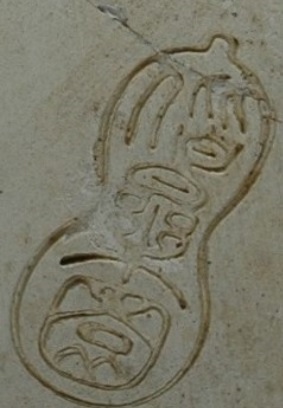
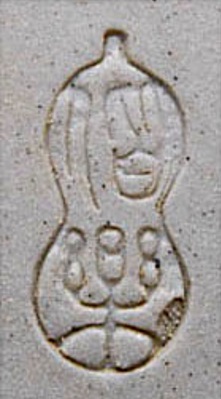
Techniques and Characteristics
The clay for ‘Shichimen-yaki’ was identified based on the analysis of ceramic fragments excavated from the former site of the Shichimen Kiln.
Clay of the same composition was sourced from within the former Mito Domain and is now used in the production of Shichimen-yaki.
The original Shichimen Kiln used a climbing kiln (noborigama), a type of kiln built on a slope with multiple chambers.
Today, Shichimen ware is primarily fired in a gas kiln using a reduction firing method.
However, some pieces are still fired in a climbing kiln to preserve traditional techniques. The glaze is made from natural materials sourced within the former Mito Domain.
Shichimen-yaki is characterized by its understated elegance and subdued tones that reveal deeper beauty over time.
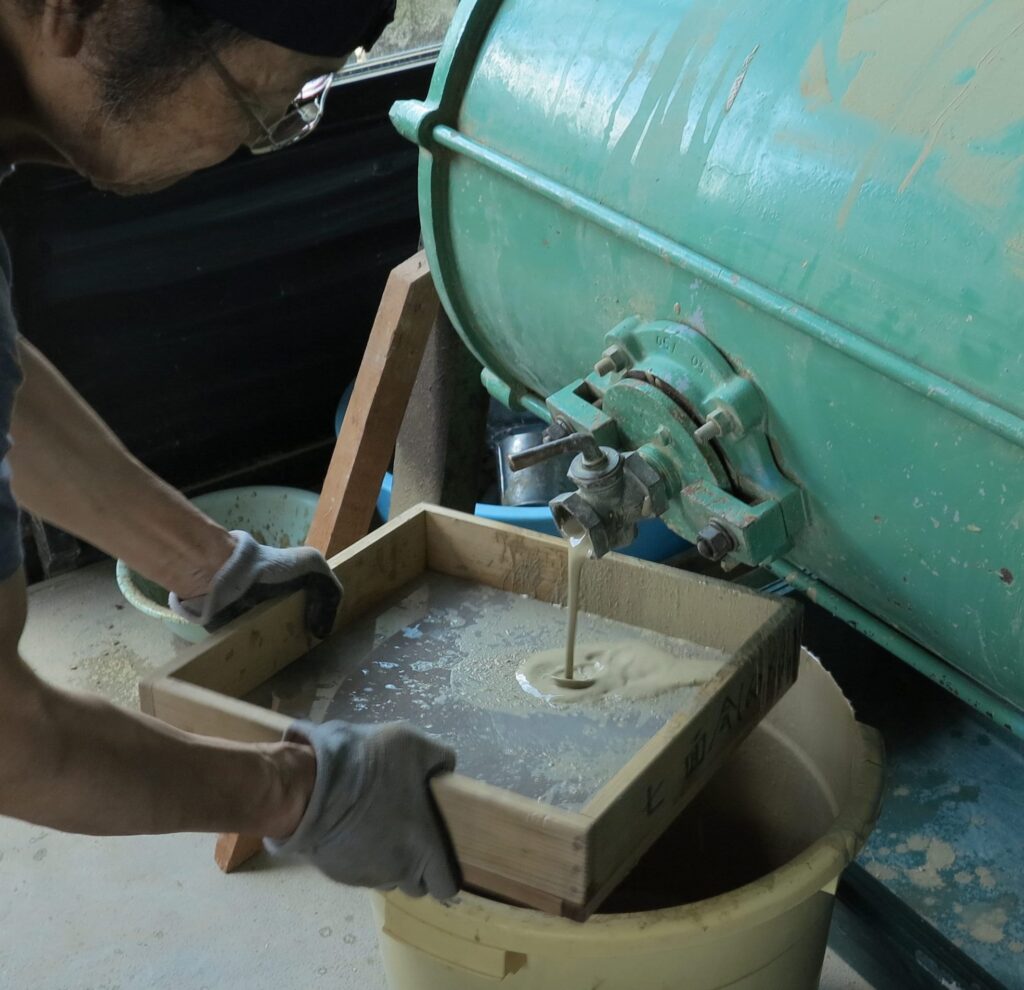
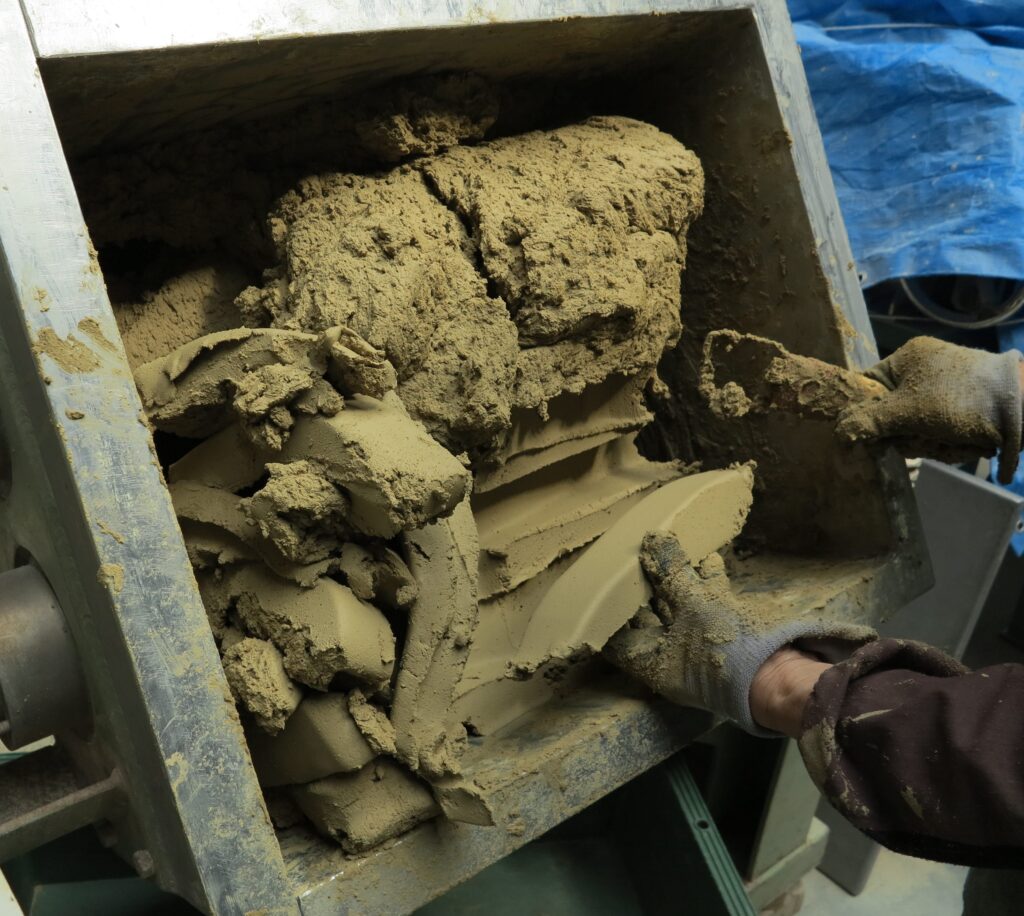

by Shichimen-kai
Tokugawa Nariaki cherished this spirit of gratitude by offering the first bite of his meals onto the umbrella of the doll, which was placed at the corner of his dining table every morning and evening, expressing thanks to the farmers and the five grains (rice, wheat, millet, beans, and barnyard millet or foxtail millet).
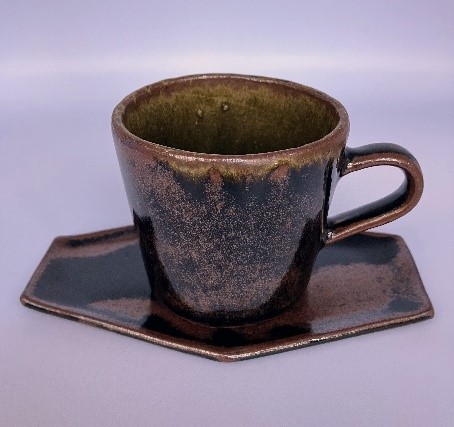
by Shichimen-kai